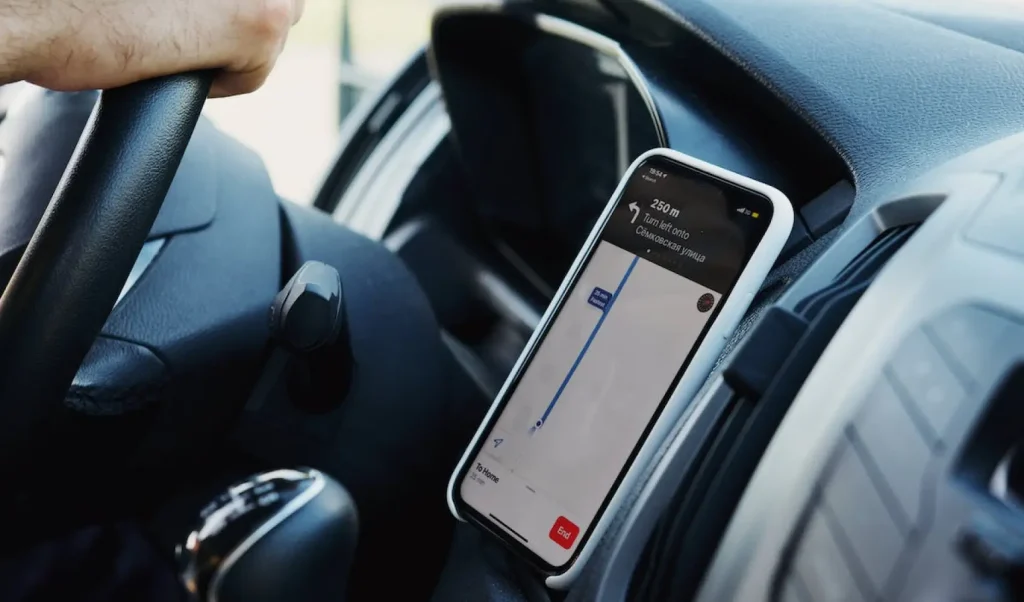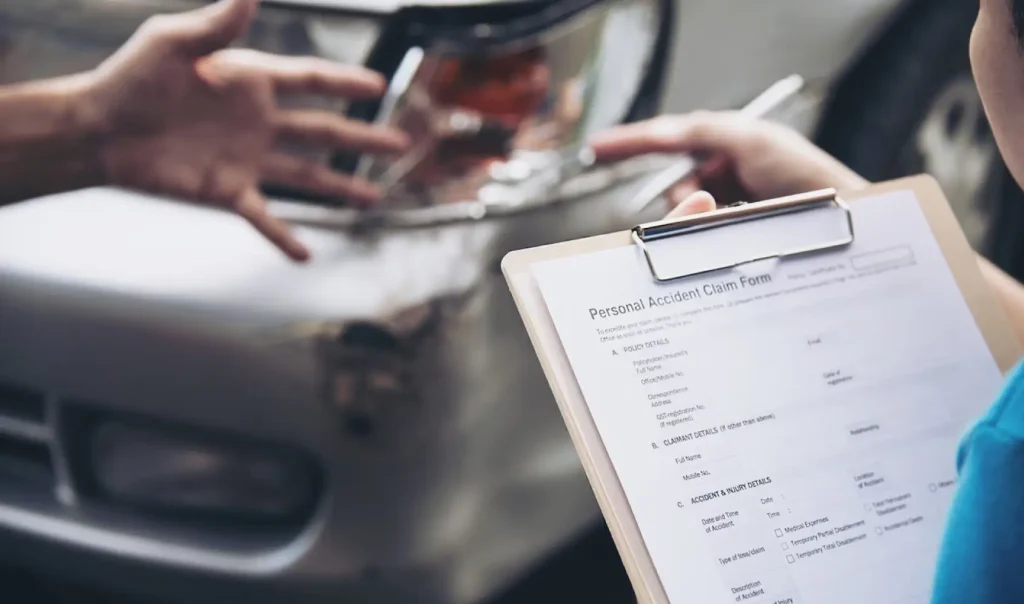
Driving is a privilege that comes with significant responsibilities. To ensure the safety of yourself, your passengers, and other road users, it’s crucial to follow safe driving practices. Auto accidents can lead to personal injuries, property damage, and even loss of life. By adhering to a few simple guidelines, you can significantly reduce the risk of accidents on the road.
Maintain Your Vehicle in Lane to Avoid a Collision
Regular motor vehicle maintenance plays a pivotal role in safe driving. Ensure that your car undergoes routine checks, including oil changes, brake inspections, and fluid top-ups. Pay special attention to tire conditions and pressures, as improperly inflated tires can affect your vehicle’s handling and fuel efficiency. Adequate brake maintenance is essential to ensure prompt stopping when needed.

Proudly Serving Duluth and All of Georgia Contact us to start your recovery! Explore Our Practice Areas

Obey Traffic Laws to Prevent Accidents
Traffic laws are designed to maintain order on the roads and protect everyone’s safety. Adhere to posted speed limits, which are set to match road conditions and prevent accidents. Stop signs and red lights must be followed diligently. Equally important is the use of seatbelts, as they can significantly reduce the risk of injury in the event of a collision.
Don’t Drive Distracted
Distracted driving is a leading cause of accidents. Avoid using your phone while driving, even for texting. If you need to make a call, use hands-free devices. Keep your focus on the road, as split-second distractions can lead to disastrous consequences.
Click to contact our personal injury lawyers today

Driving Safety Techniques
Engaging in defensive driving can help you anticipate and respond to potential hazards. Maintain a safe following distance behind the vehicle in front of you, allowing ample time to react to sudden stops. Anticipate the actions of other drivers and use your mirrors effectively to monitor your surroundings.
Complete a Free Case Evaluation form now
Bad Weather
Different weather conditions require adjustments in your driving approach. In rainy conditions, reduce your speed and increase following distance from the car in front to avoid hydroplaning. In snowy or foggy weather, drive at a safe speed and use your vehicle’s lights and signals appropriately.

Night Driving
Night driving poses its own set of challenges due to reduced visibility. Ensure that your headlights are functioning correctly and use high beams judiciously, being mindful of oncoming traffic. Stay attentive and avoid distractions to counter the reduced visibility. Change lanes carefully.
Driving Under the Influence
Driving under the influence of alcohol or drugs is extremely dangerous. Always designate a sober driver if you plan to consume alcohol. Alternatively, use ride-sharing services to get home safely.
Sharing the Road
Being considerate of other road users is crucial. Yield to pedestrians at crosswalks and maintain a safe distance around cyclists. When sharing the road with larger vehicles, avoid blind spots and give them adequate space.
Avoid Fatigue
Driver fatigue can impair your reflexes and decision-making abilities. Take regular breaks during long drives to rest and refresh. If you feel drowsy, it’s best to stop and rest before continuing your journey.

Proper Use of Technology for Car Accident Prevention
Modern technology can aid your driving experience, but it should be used responsibly. Utilize GPS navigation with voice commands for directions. Parking assistance systems can make parking in tight spots easier.
Teenage Drivers
Teen drivers need proper guidance and education to become safe drivers. Graduated driver’s licensing programs help gradually introduce young drivers to the road. Parental supervision and discussions about safe driving practices are crucial.

Emergency Preparedness and Auto Insurance
Know the emergency numbers in your area and stay calm during breakdowns or accidents. Safely move your vehicle to the shoulder, turn on hazard lights, and use reflective triangles if available. Keep a first aid kit and essential tools in your car.
By providing financial coverage in the event of an accident, auto insurance encourages responsible driving behavior and adherence to traffic regulations. Insurance policies often include coverage for damages to vehicles, medical expenses, and liability for injuries to others.
This not only protects the insured individual but also incentivizes them to drive safely and avoid risky behaviors. Additionally, some insurance providers offer discounts for drivers who take defensive driving courses or install safety features in their vehicles, further encouraging accident prevention.
Overall, auto insurance acts as a safeguard against financial loss and promotes safer driving habits, ultimately reducing the likelihood of car accidents.
If you have been injured in a car accident, a Duluth personal injury lawyer can be your advocate. They have the knowledge and experience to navigate the complex legal process and help you receive the compensation you deserve.
They will investigate the accident, gather evidence, and negotiate with insurance companies on your behalf. Additionally, they can provide expert advice and guidance throughout the entire process, ensuring that your rights are protected and that you receive the best possible outcome for your case.
Conclusion
Safe driving is a shared responsibility that requires vigilance, patience, and adherence to rules. By following these safe driving tips, you can protect yourself and others on the road. Remember that each individual’s commitment to safe driving contributes to a safer driving environment for everyone.
FAQs
- What should I do if my car breaks down on the highway?
If your car breaks down on the highway, try to move to the shoulder, turn on hazard lights, and call for assistance. Stay in your vehicle with your seatbelt fastened until help arrives.
- How can I avoid road rage incidents?
Practice patience and avoid engaging with aggressive drivers. Focus on your own driving and remain calm in challenging situations.
- Is it safe to drive during heavy rain?
Driving in heavy rain requires caution. Reduce speed, increase following distance, and use headlights to enhance visibility.
- What is the legal blood alcohol limit for driving?
The legal blood alcohol limit for driving is typically 0.08% in many places. However, it’s best to avoid drinking any alcohol before driving.
- How can I encourage my teenager to drive safely?
Lead by example, have open conversations about safe driving, and enroll them in driver’s education programs to instill responsible driving habits.
Call or text 404-951-3513 or complete a Free Case Evaluation form













